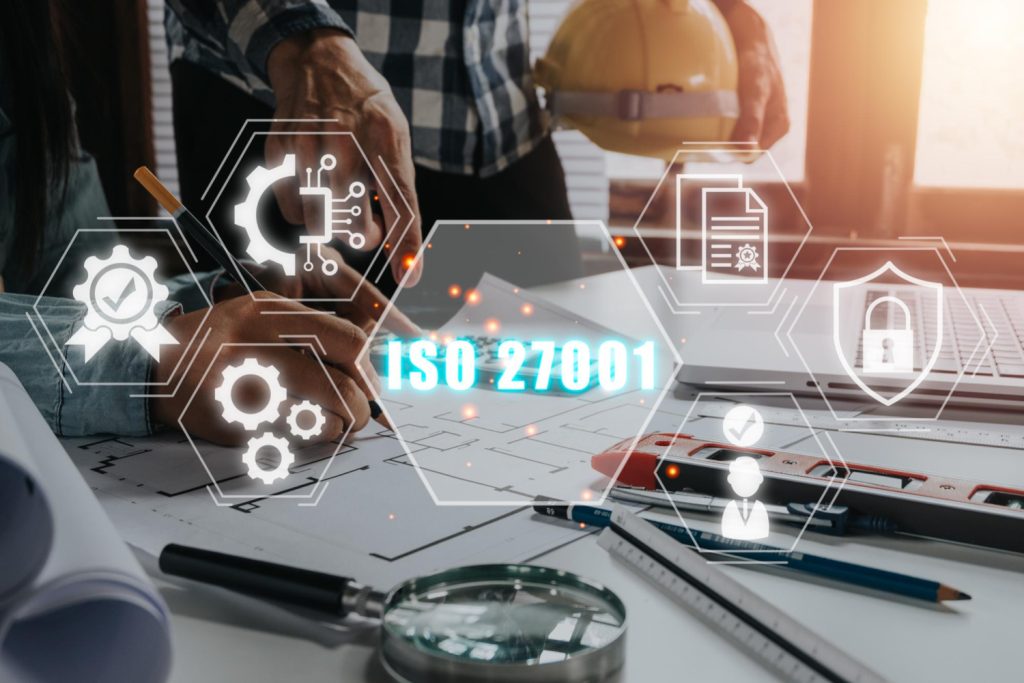In an era where data breaches and cyber threats are increasingly prevalent, organizations are compelled to adopt stringent information security measures. One of the most recognized frameworks for achieving this is ISO/IEC 27001, which outlines best practices for establishing an effective Information Security Management System (ISMS). However, the journey to compliance is not without its challenges. This article dives into Key Lessons for ISO/IEC27001 implementation, offering insights that can help organizations navigate this critical process and enhance their overall security posture.
Key Lessons for Implementing ISO/IEC27001
- Understand the Standard Thoroughly
- First and foremost, it is crucial to have a comprehensive understanding of the ISO/IEC 27001 standard. Organizations should familiarize themselves with its requirements and the structure of the documentation involved. This knowledge will serve as a foundation for effective implementation.
- Involve Stakeholders Early
- Additionally, involving key stakeholders from various departments early in the process is essential. By fostering collaboration between IT, management, and other relevant teams, organizations can ensure a more comprehensive approach to information security.
- Conduct a Gap Analysis
- Performing a gap analysis helps identify current security practices and areas needing improvement. This assessment enables organizations to develop a clear action plan for achieving ISO/IEC 27001 compliance.
- Develop a Risk Management Approach
- Furthermore, adopting a risk-based approach is vital for ISO/IEC 27001 implementation. Organizations should assess risks related to information security and prioritize them based on their potential impact, which will guide the allocation of resources effectively.
- Create an Effective Information Security Policy
- Developing a robust information security policy that aligns with ISO/IEC 27001 is crucial. This policy should outline the organization’s commitment to security, define roles and responsibilities, and establish guidelines for risk management.
- Train and Educate Employees
- Employees play a critical role in maintaining information security. Therefore, organizations should provide ongoing training and awareness programs to ensure that staff understands the importance of security measures and their responsibilities.
- Monitor and Review Regularly
- Continuous monitoring and regular reviews of the ISMS are necessary to ensure ongoing compliance with ISO/IEC 27001. Organizations should conduct internal audits, management reviews, and assessments to identify areas for improvement and adapt to changing threats.
Conclusion
In conclusion, implementing ISO/IEC 27001 is a strategic investment in an organization’s information security framework. By understanding the standard, involving stakeholders, conducting gap analyses, adopting a risk management approach, and regularly monitoring compliance, organizations can significantly enhance their security posture. Ultimately, the lessons learned from ISO/IEC 27001 implementation can lead to a more secure environment and improved trust among stakeholders.

